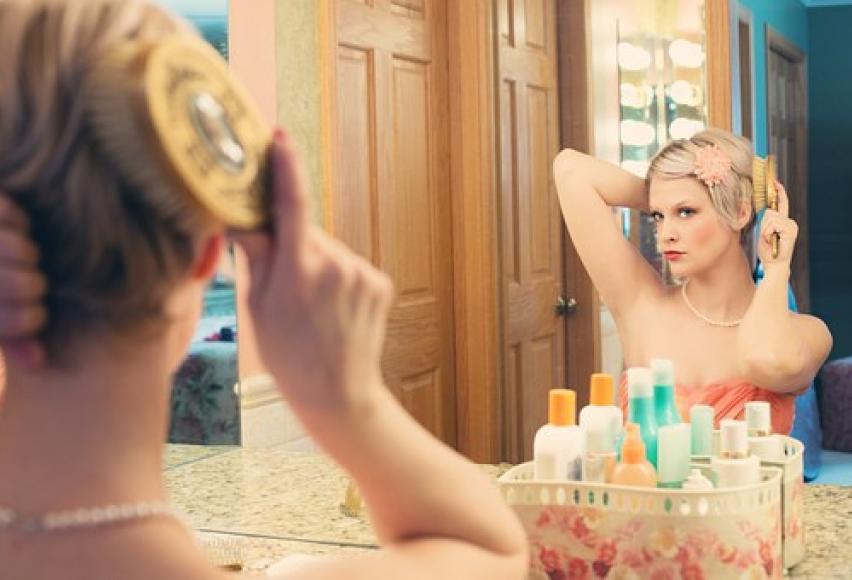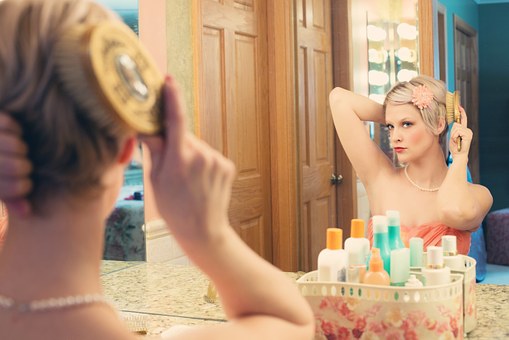Competing responses and stimulus controls - what's the difference?

Online test
Find out the severity of your symptoms with this free online test
Habit reversal training for body-focused repetitive behaviors (BFRBs) includes improving awareness and self-monitoring, controlling stimuli, and creating competing responses. Stimulus control and competing responses sound very similar. This article will talk about what they are, how they are different, and how they work in tandem to reduce body-focused repetitive behaviors.
What is stimulus control?
Stimulus control refers to managing external factors, usually in one’s environment, to influence behavior. For example, someone who picks at their skin may do so in a location at home that triggers it. An area such as a well-lit bathroom with a huge mirror and a lock on the door. The bright lighting and huge mirror draw attention to every little imperfection of the skin and whenever you walk in there, you lock the door, push your face as close to the mirror as possible, start picking, and before you know it, a couple of hours have gone by.
Stimulus control prompts you to consider that environment.

First, the big mirror. What things can be done to change the giant mirror so it doesn’t “pull you in?”
Remove the wall mirror and use a handheld mirror instead.
Get a smaller mirror.
Put stickers or decorative vinyl on the mirror to minimize surface area and give you something else to look at.
Cover the mirror with sheer curtains so you have to move and hold the curtains to see yourself.

Second, address the lighting. What kinds of things can you do with the lighting so your attention isn’t drawn to the mirror?
Dim the lighting.
Lights shining down on the mirror can be harsh. Move the lights so they shine upward. This creates a softer glow rather than the harsh reflection from the mirror.
Use rope lighting along the ceiling so the room is illuminated but focused on the mirror.
Third, the lockable door. Many people who struggle with BFRBs engage in those behaviors in private and do not wish to be “caught” doing them. This can be effective for those who do not live alone.
The goal is to change the environment or a cue from comfortable to uncomfortable. It is important to remember that cues can come in many forms and a comprehensive self-analysis process can help reveal them.
Competing response
Competing response is different from stimulus control in that it entails proactively engaging in behavior that makes the BFRB difficult or impossible to do. Someone who uses hands to pick skin or pull hair could come up with competing responses that keep the hands busy, or give the hands something else to do.
Clench fists and hold when urges arise.
Sit on the hands.
Engage the hands with fidget or stress devices.
Wear gloves.

They work together
Stimulus control is where you are manipulating your environment and external cues while competing response requires taking action in opposition to the BFRB. Both are part of the process involved in habit reversal training and they work together to improve awareness of behaviors allowing for a choice to be made about engaging in those behaviors.
Online test
Find out the severity of your symptoms with this free online test
Start your journey with SkinPick
Take control of your life and find freedom from skin picking through professional therapy and evidence-based behavioral techniques.
Start Now



